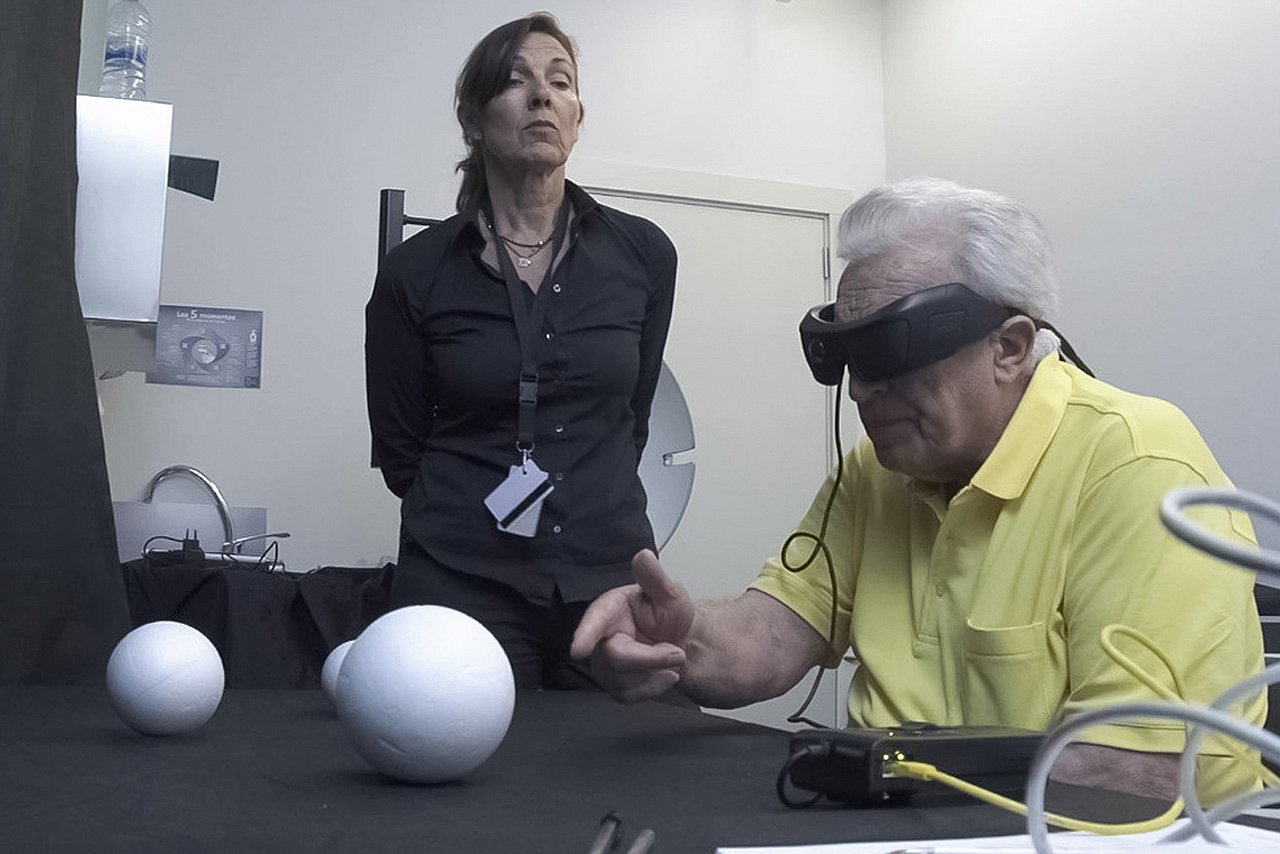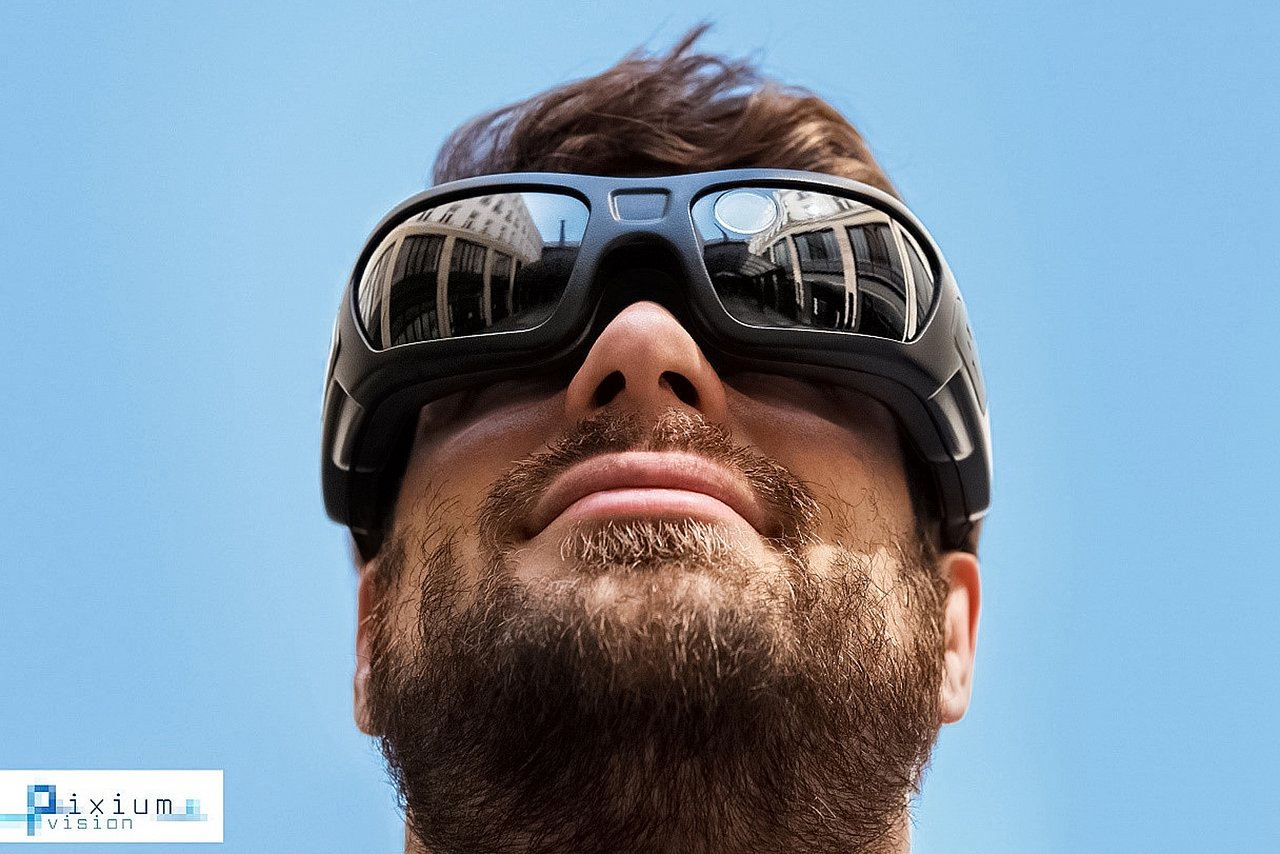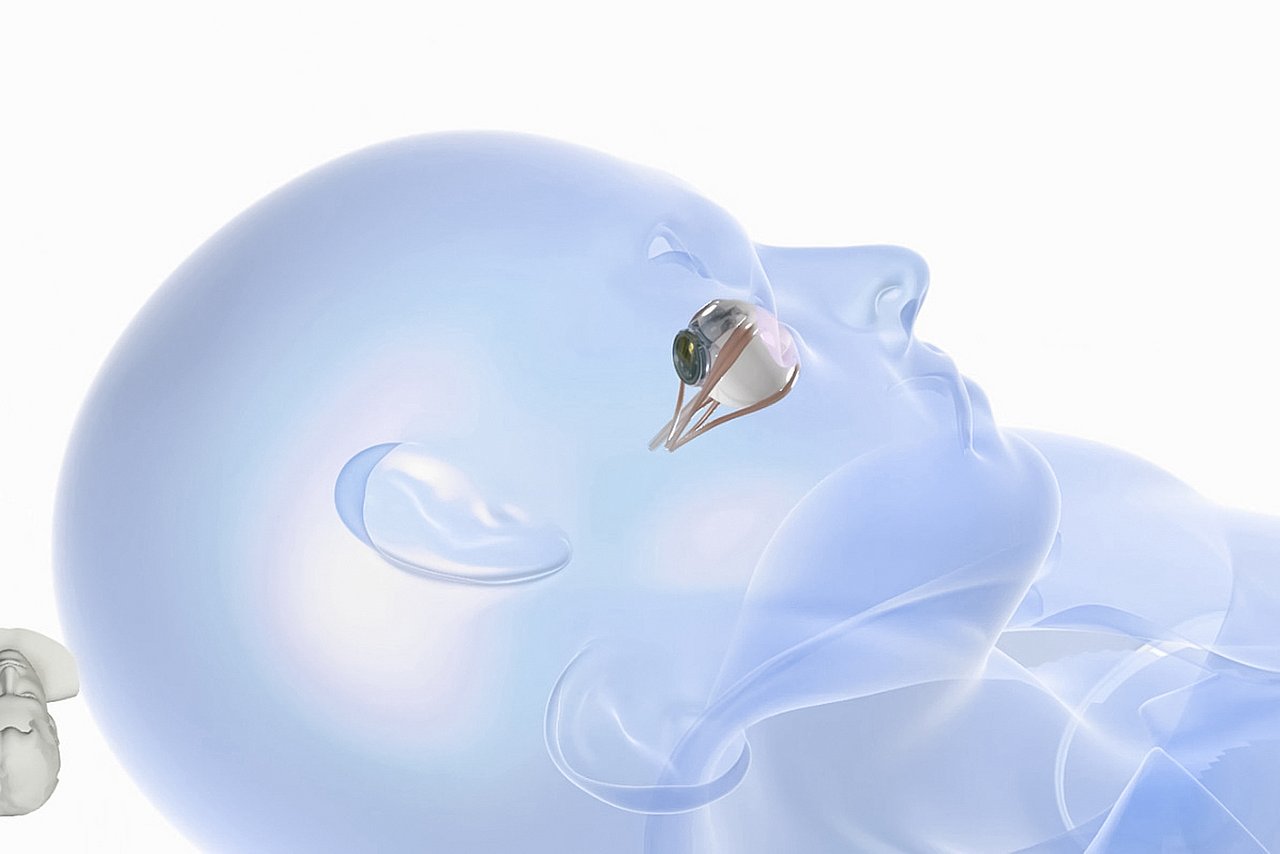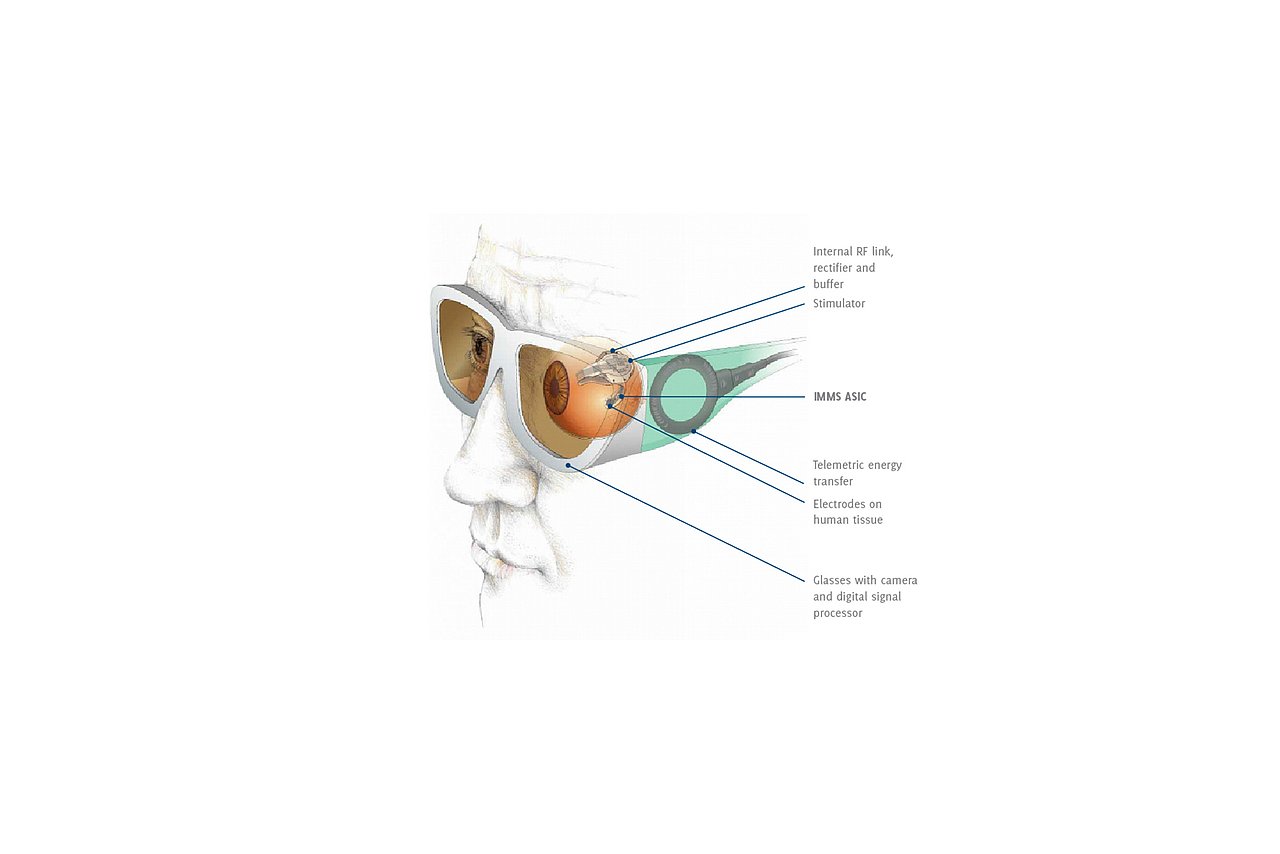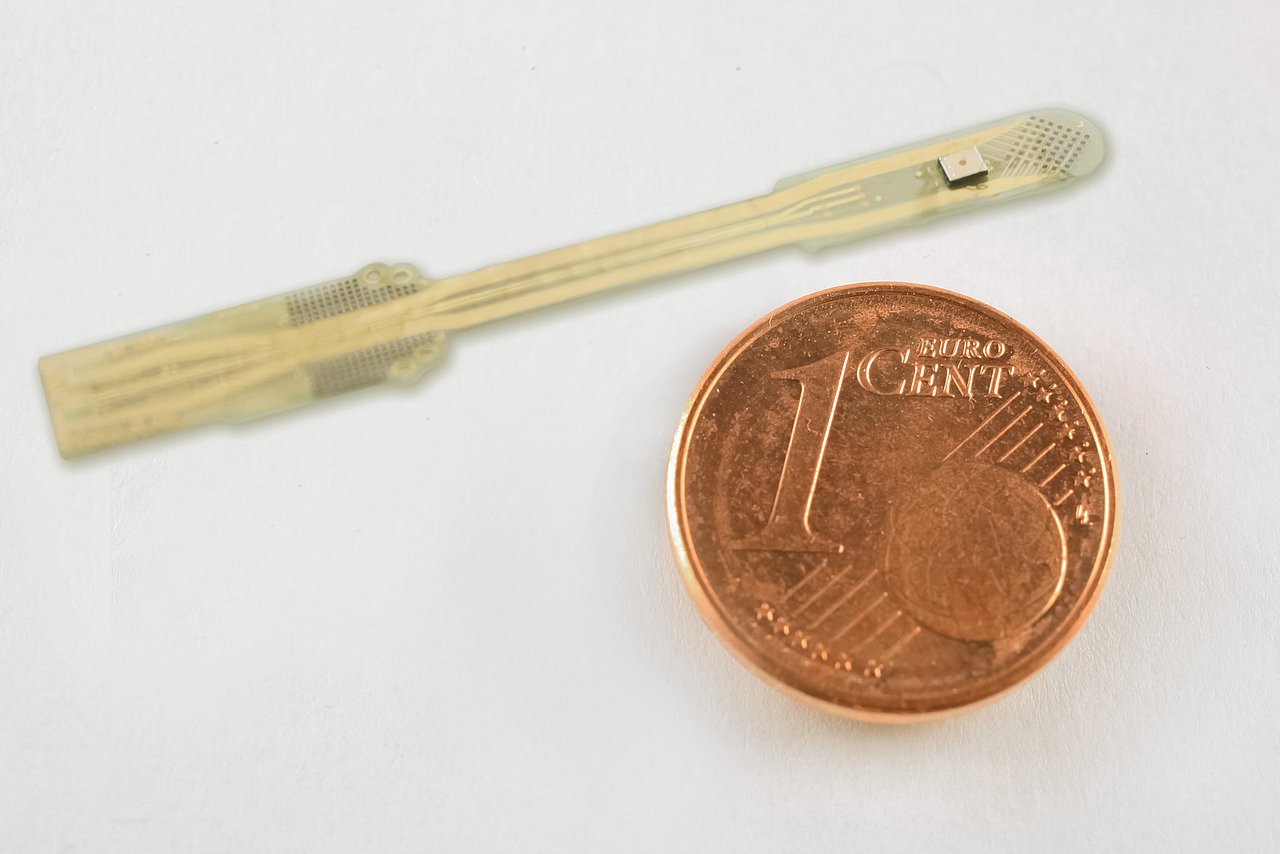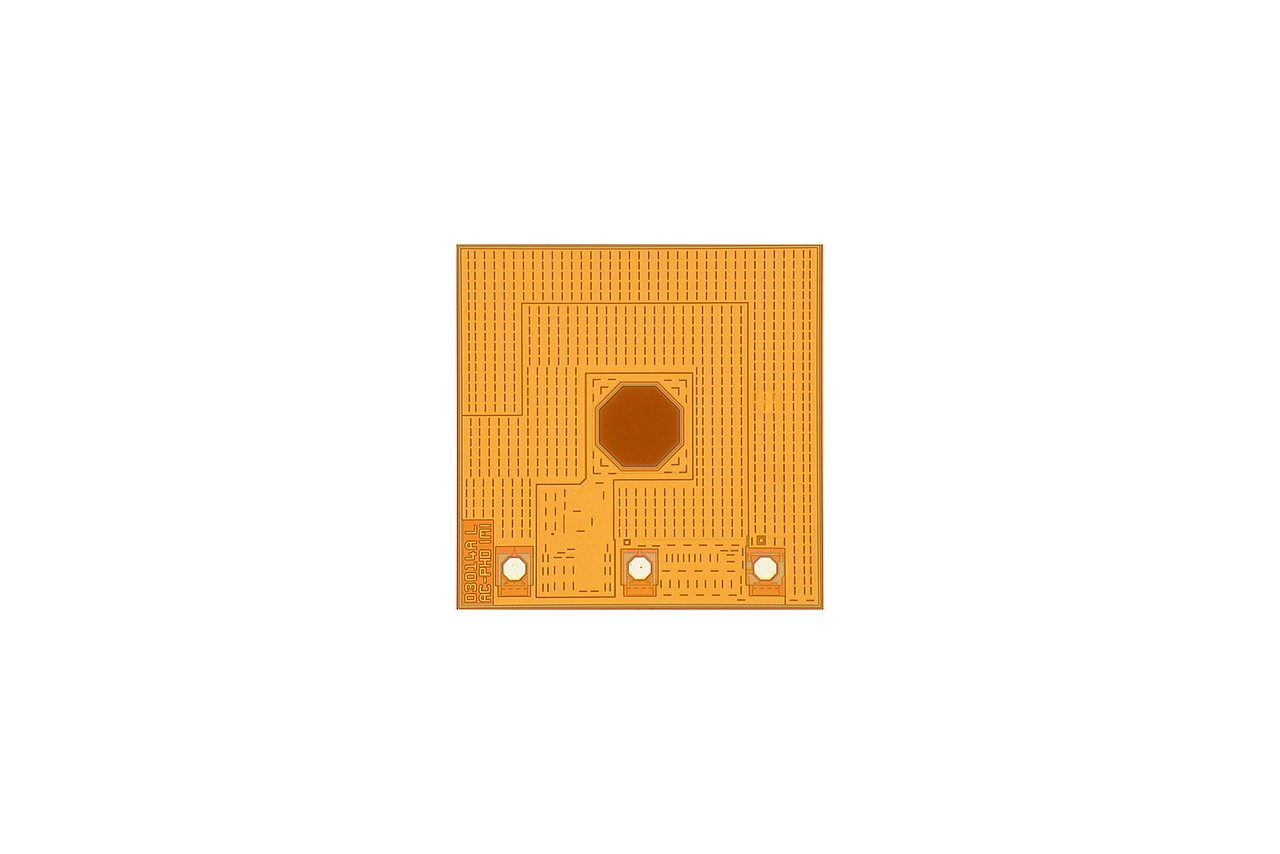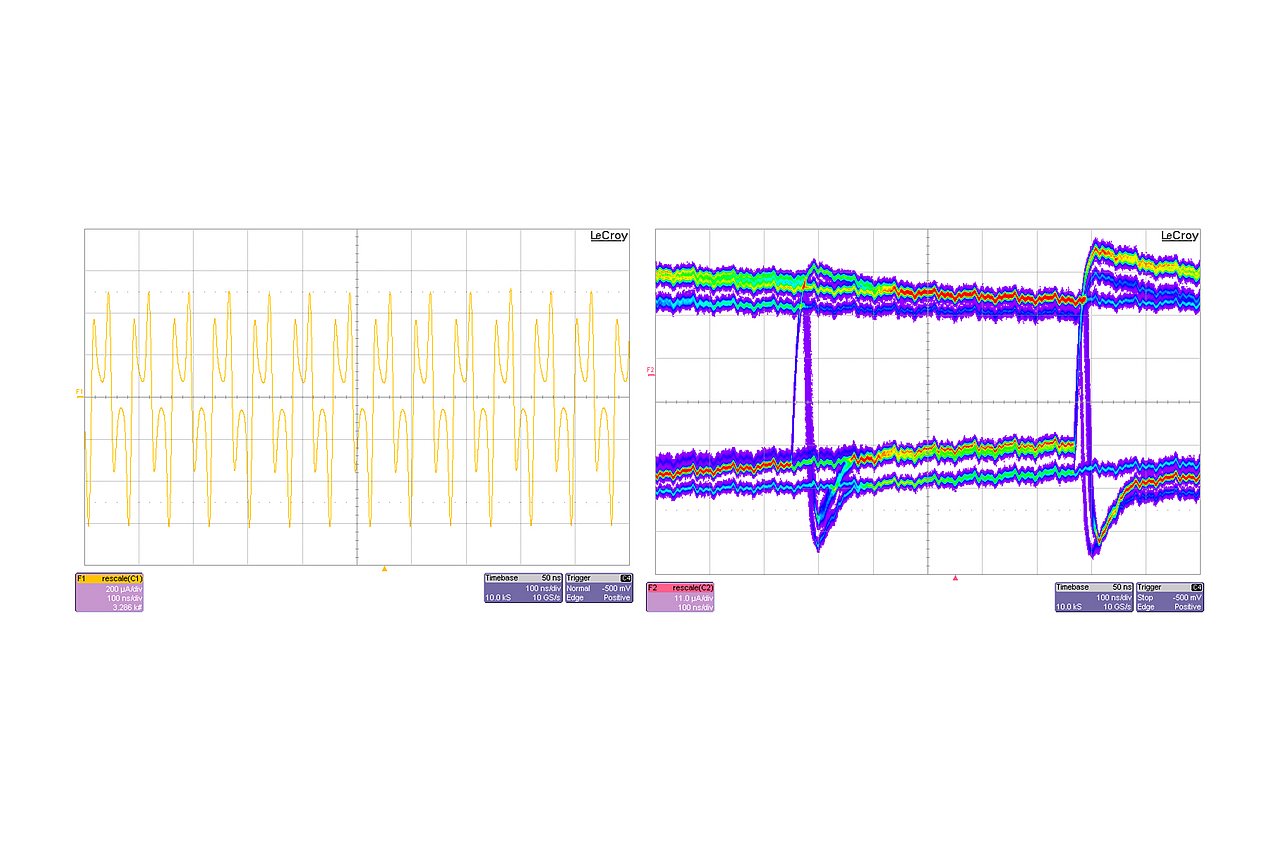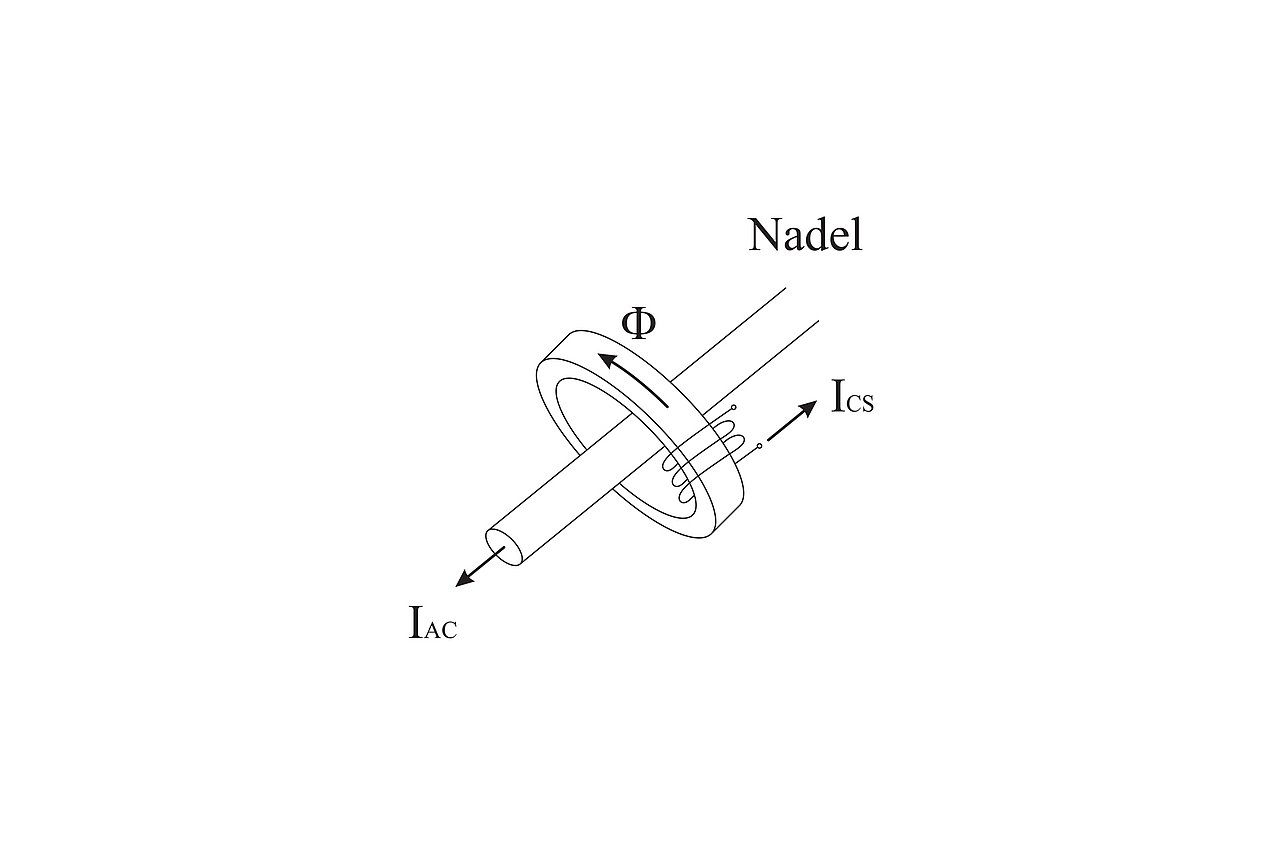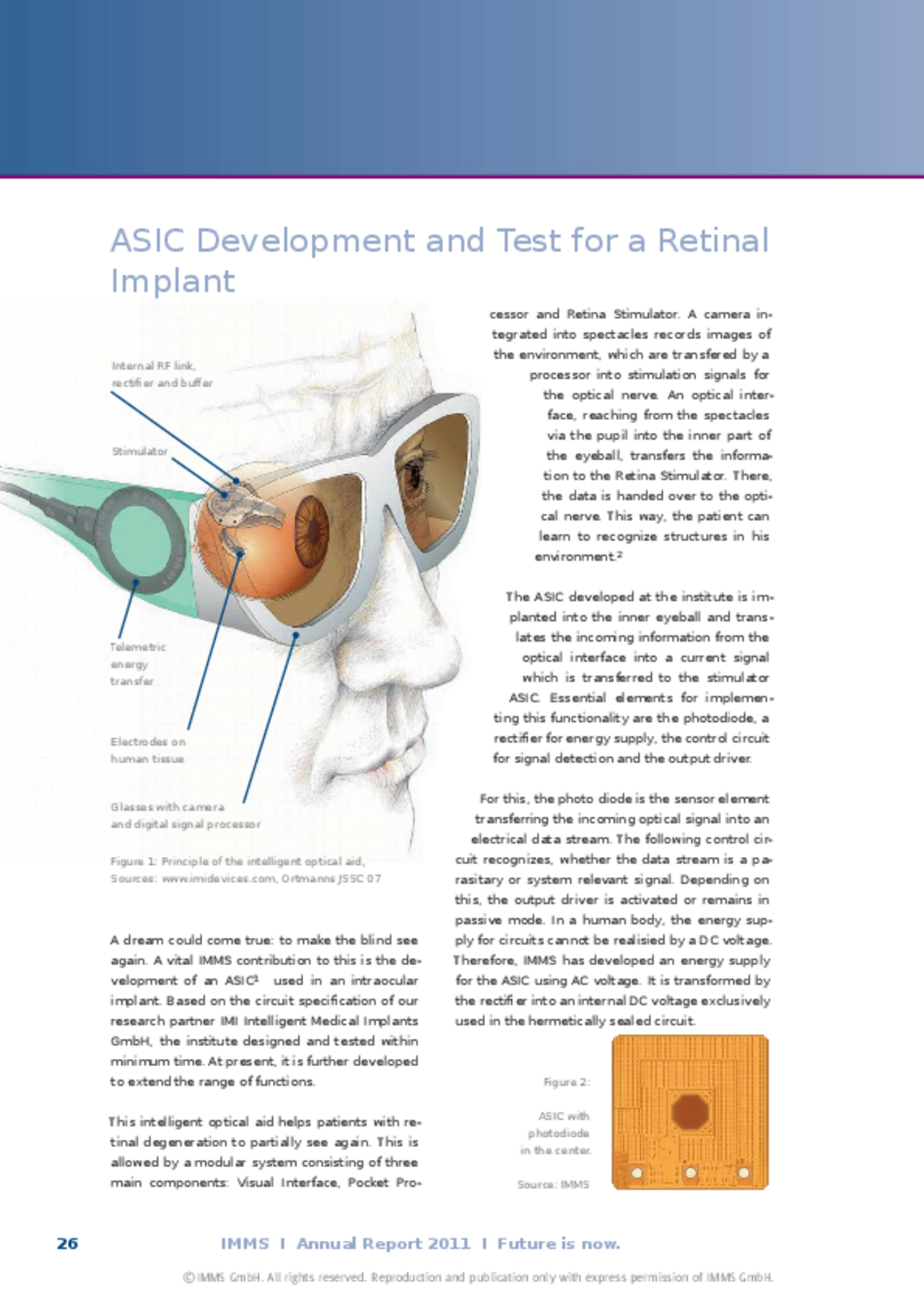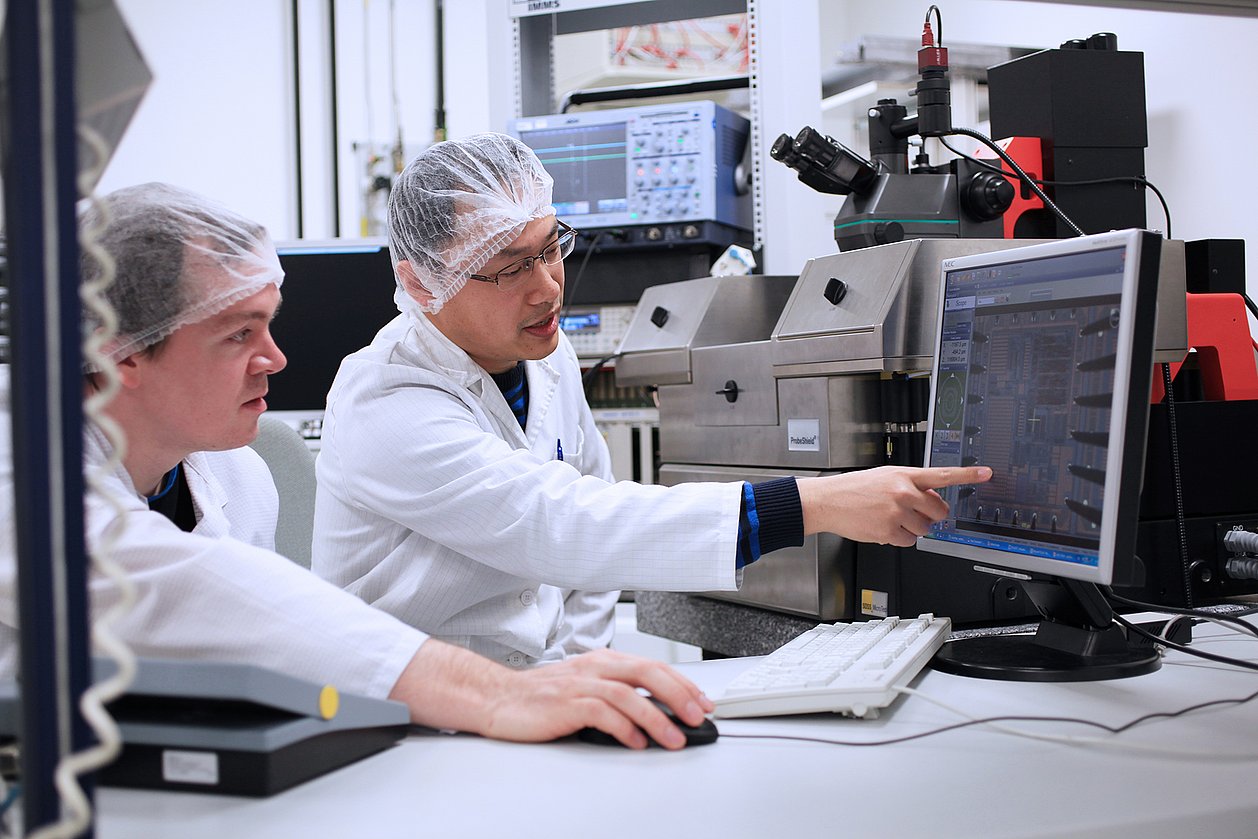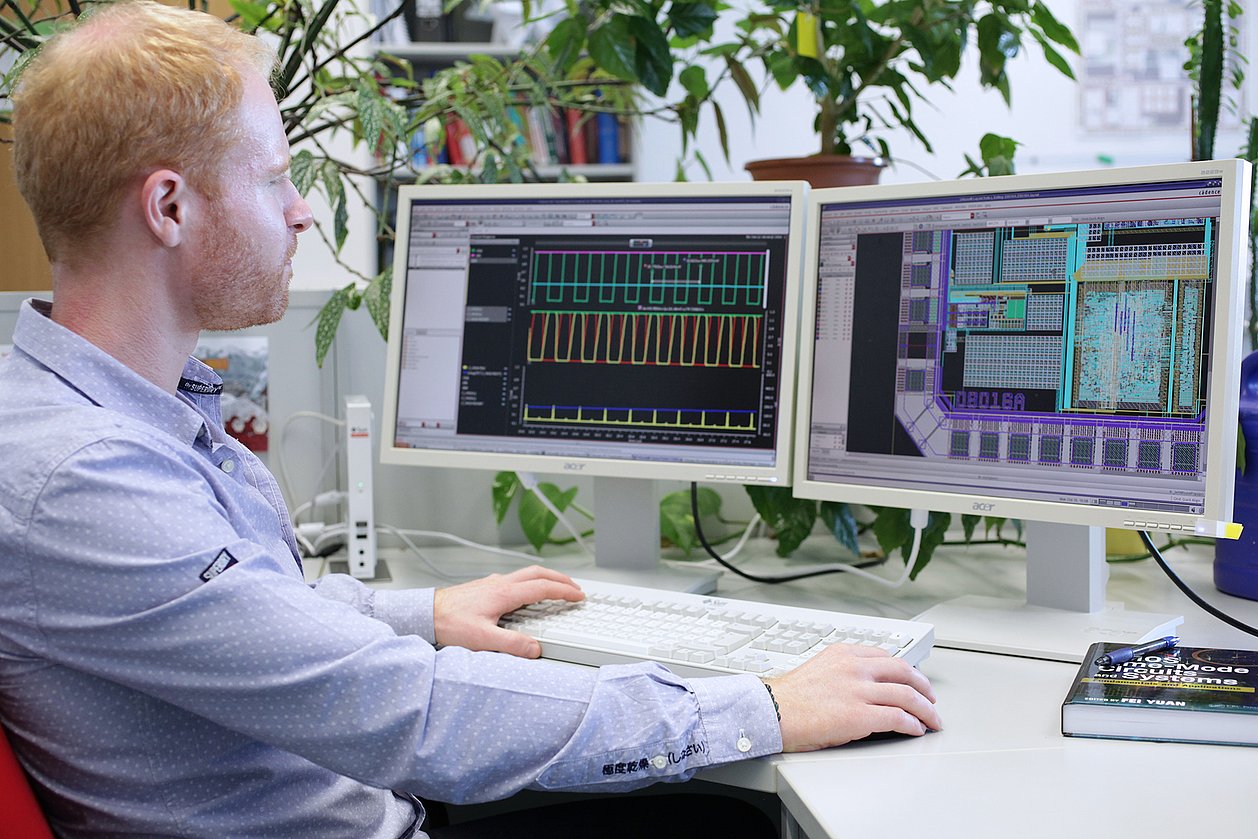Project IR_RX
IMMS’ biocompatible microelectronic chip is part of a retinal implant system with which blind patients are learning to see again.
This intelligent optical aid helps patients with retinal degeneration to see again. This is allowed by a modular system consisting of three main components visual interface, pocket processor and retina stimulator. A camera integrated into spectacles records images of the environment, which are transferred by a processor into stimulation signals for the optic nerve. An optical interface, reaching from the spectacles via the pupil into the inner part of the eyeball, transfers the information to the retina stimulator. There, the data is handed over to the optic nerve. This way, the patient can learn to recognize structures in his environment.
The infrared receiver ASIC developed by IMMS is implanted into the inner eyeball and translates the incoming information from the optical interface into a current signal which is transferred to the stimulator ASIC. As essential elements for implementing this functionality IMMS created and tested the photodiode, a rectifier for energy supply, the control circuit for signal detection and the output driver.
In the human body, the energy supply for circuits cannot be realised by a DC voltage. Therefore, IMMS has developed an energy supply for the ASIC using AC voltage, which is transformed by the rectifier into an internal DC voltage exclusively used in the hermetically sealed circuit.
For this reason, the evaluation of the supply current could not be run using standard measurements. Therefore, IMMS has developed an especially adapted measuring method with which the value of the supply current is identified with the use of an inductive current probe.
Acronym / Name:
IR_RX / ASIC for an intelligent retinal implant system (IRIS)Duration:2010 – 2011
Application:
Life SciencesResearch field:Integrated sensor systems
Related content
Reference
Khalid Ishaque, Pixium Vision
“IMMS delivered a vital contribution to our goal of restoring the sight of visually impaired people. The IMMS developed an application specific integrated circuit (ASIC) used in our intraocular implant which we are using in our most recent systems as well.”
An AC-powered Optical Receiver consuming 270µW for Transcutaneous 2Mb/s Data Transfer
S. Lange1. H. Xu2. Ch. Lang1. H. Pless1. J. Becker2. H.J. Tiedtke3. E. Hennig1. M. Ortmanns2.Freiburg: BMT 2011 - Tagung der Biomedizinischen Technik. 27.09.2011-30.09.2011
1IMMS Institut für Mikroelektronik- und Mechatronik-Systeme gemeinnützige GmbH, Ilmenau. 2University of Ulm, Germany. 3Intelligent Medical Implants GmbH, Germany.TalkAn AC-powered Optical Receiver consuming 270µW for Transcutaneous 2Mb/s Data Transfer
S. Lange1. H. Xu2. C. Lang1. H. Pless1. J. Becker2. H.J. Tiedtke3. E. Hennig1. M. Ortmanns2.SAN FRANCISCO, CA: ISSCC 2011, IEEE INTERNATIONAL SOLID-STATE CIRCUITS CONFERENCE.20.02.-24.02.2011
1IMMS Institut für Mikroelektronik- und Mechatronik-Systeme gemeinnützige GmbH, Ilmenau. 2University of Ulm, Germany. 3Intelligent Medical Implants GmbH, Germany.TalkAn AC-powered Optical Receiver consuming 270µW for Transcutaneous 2Mb/s Data Transfer
S. Lange1. H. Xu2. C. Lang1. H. Pless1. J. Becker2. H.J. Tiedtke3. E. Hennig1. M. Ortmanns2.San Fransisco, CA: ISSCC 2011. In Proceedings S. 304-306. ISBN: 978-1-61284-303-2
1IMMS Institut für Mikroelektronik- und Mechatronik-Systeme gemeinnützige GmbH, Ilmenau. 2University of Ulm, Germany. 3Intelligent Medical Implants GmbH, Germany.Article

Press release,
IRIS®II – Bionic vision system to compensate for blindness – microelectronics for a retinal implant
IMMS presents Pixium Vision‘s epi-retinal system at MEDICA, Nov 13th – 16th, Hall 3/G60

Press release,
IMMS presents three developments at MEDICA 2017
Nov 13th – Nov 16th 2017, Düsseldorf (Germany), joint booth DiagnostikNet BB, hall 3/G60
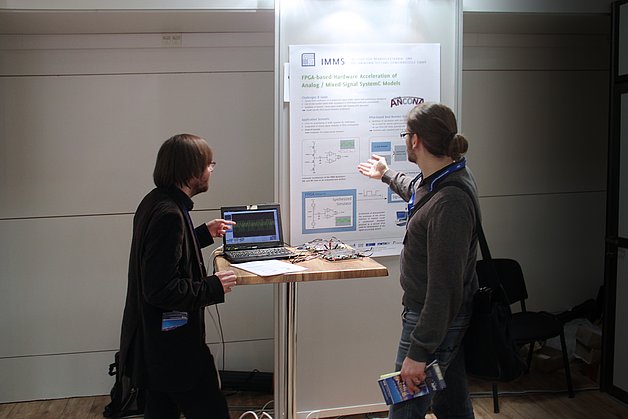
Event,
MEDICA 2017
Hall 3 / G60: joint booth DiagnostikNet-BB Netzwerk Diagnostik Berlin-Brandenburg e.V.
Contact
Contact
Eric Schäfer, M. Sc.
Head of Microelectronics / Branch Office Erfurt
eric.schaefer(at)imms.de+49 (0) 361 663 25 35
Eric Schäfer and his team research Integrated sensor systems, especially CMOS-based biosensors, ULP sensor systems and AI-based design and test automation. The results are being incorporated into research on the lead applications Sensor systems for in-vitro diagnostics and RFID sensor technology. It will assist you with services for the development of Integrated circuits and with IC design methods.


